Last updated on April 21st, 2025 at 09:29 pm
I was talking to a friend who is working at Amazon a few years ago, and he was telling me that he recently took up the role of a “Single Threaded Leader(STL)”. After my conversation with him, I was left enlightened. It was Amazon that brought Technical Program Management (TPM) and the concept of STL to life.
What is a Single Threaded Leader ?
In essence, a single threaded leader is given a specific problem, a budget, and a timeframe and are expected to deliver results. Think about it this way – the organization identifies a startup idea that may have good potential and hands it out to one person who is then accountable to bring the idea to life. Once a proposal gets an OK to proceed, a single-threaded leader is assigned to it, who may or may not be one of the people who took the lead on bringing the idea forward. Unlike multitasking managers, STLs aren’t pulled in multiple directions. They focus deeply on one initiative, from inception to launch, like a founder building a startup inside a larger organization.
Extract from Forbes Interview with Amazon’s head of Devices, Dave Limp:
“We empower the single-threaded leader to go off and make great things.”
Clearly, the term (coined and, as far as we know, used exclusively at Amazon) is a nod to the programming world and means that the leader isn’t expected to multitask. Similarly, an STL wakes up every day thinking about one thing. And that’s what makes this model so powerful for driving innovation. In Jeff Wilke’s words, this is “someone who wakes up and just worries about that thing.” That’s “super important to how we invent,” Dave Limp insists, because “the best way to fail at inventing something is by making it somebody’s part-time job.” The leader is then able to hire a team, usually beginning with one or two technical people — just enough capacity to begin to get started and begin building the thing.
Article: Forbes, “How Does Amazon Stay At Day 1?”
Why STLs Matter for Innovation
In my opinion, an organization has two choices to get innovation going –
a) Identify someone within the organization who has the capability to take the idea and turn it into a business either generating real dollar value or by providing strategic value to the existing customers base. In this case, an organization like Amazon acts very much like a Venture Capital Fund. They take responsible risks in investing in ideas they believe in. At any given point in time Amazon has over 1000 startups they are working on and evaluating.
b) Buy out an existing startup solving the same type of problem.
Organizations that value innovation and have the tech talent in most cases try to build it themselves. The leaders most often chosen for these roles are battle-tested startup veterans or have led similar types of engagements before.
A typical engagement would be something like launching Amazon Go or something as simple as Amazon Alexa | SKILL BLUEPRINTS. A “Single Threaded Leader” you would be responsible for building something ground up, you will need to roll up your sleeves and hire and manage your team like a mini-startup. Being the CEO of this startup you will own the P&L in most cases and would need to partner with stakeholders (product, tech, operations, finance, sales, marketing) to drive strategy for your startup. You will need to create the go-to-market plan to accelerate growth and the number of customers for a brand new business initiative in a short time frame.
In most cases, these individuals are very comfortable dealing with ambiguity, comfortable making decisions and wearing multiple hats. I have seen TPM, Engineering Managers and most often PM-Ts tasked with such endeavors. As a single-threaded owner, you are trusted to operate with complete independence. You are 100% responsible for bringing an endeavor to life – the buck stops with you. In essence, you are trusted to do whatever you need to do to get the job done.
In most cases, you would see that these are product or business ideas that need to go live to see as soon as possible which means getting something out to the customer’s hands is vital. So building something scrappy is fine as long as it fulfills the customer need.
This approach allows organizations to:
- Avoid diluted ownership
- Move faster with fewer dependencies
- Foster innovation through clear accountability
The STL Mindset for TPMs
So what does this mean for Technical Program Managers?
While not every TPM is formally assigned as an STL, adopting the STL mindset can dramatically increase your impact:
- Own the outcome: Don’t just manage the timeline—own the success metrics.
- Focus deeply: If you’re spread across too many projects, advocate to go deep on one.
- Operate like a founder: Build roadmaps, make tough decisions, and act like the buck stops with you.
- Partner like a business leader: Drive alignment across engineering, product, finance, and ops.
TPMs often deal with ambiguity, drive cross-functional collaboration, and manage delivery. But to lead like an STL is to take it a step further: you lead the mission, not just the project.
What If You Fail ?
What happens if the idea you are trying to bring to life fails? Remember the Amazon Fire Phone? At its core, organizations learn and grow from failures.
In Jeff Bezo’s own words –
“To invent you need to experiment. If you know in advance it is going to work it is not an experiment. They are inseparable twins, failure and innovation. You have to be willing to fail. It is embarrassing to fail. If I said to you, you have a 10 percent chance at a 100X return, you should take that bet every time. But you still are going to be wrong nine out of ten times. And you are going to feel bad nine out of ten times.”
TL;DR: Actionable STL Takeaways for TPMs
| STL Trait | How to Practice It as a TPM |
|---|---|
| Deep Focus | Limit context-switching; prioritize one initiative |
| Ownership | Track impact metrics, not just milestones |
| Founder Mentality | Build the team, vision, and execution plan |
| Accountability | Lead cross-functional alignment independently |
| Bias for Action | Deliver value early, even if it’s scrappy |
Curious to learn more? Listen to my podcast with David Glick (Walmart exec and former Amazon VP) where we unpack what STL looks like in practice.
Have a nice day!
Also, read – TPM Interview Questions
Are you interested to know more? Check out some amazing posts on the TPM Blog.
Ready to level up your TPM Career?
Unlock your potential as a TPM—master the fundamentals, navigate career levels, and excel in your role.

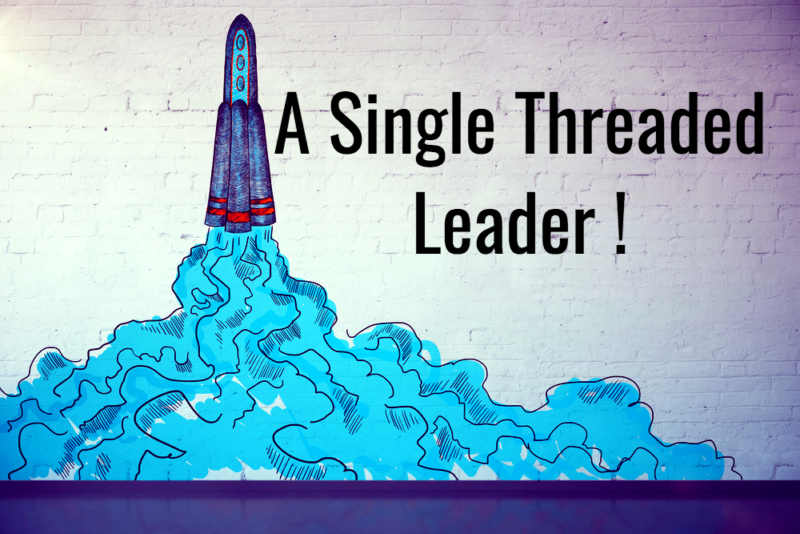

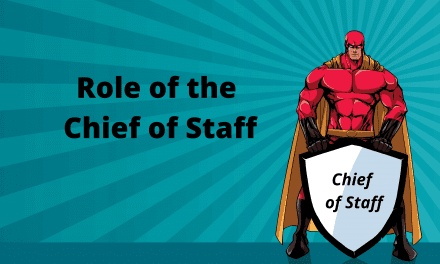





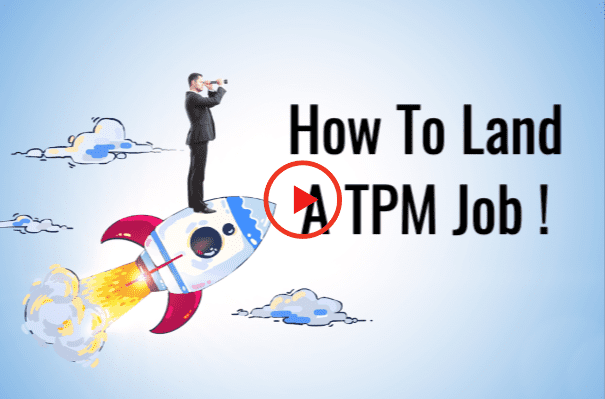





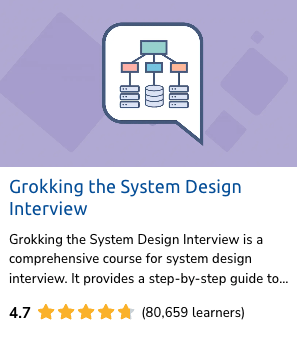

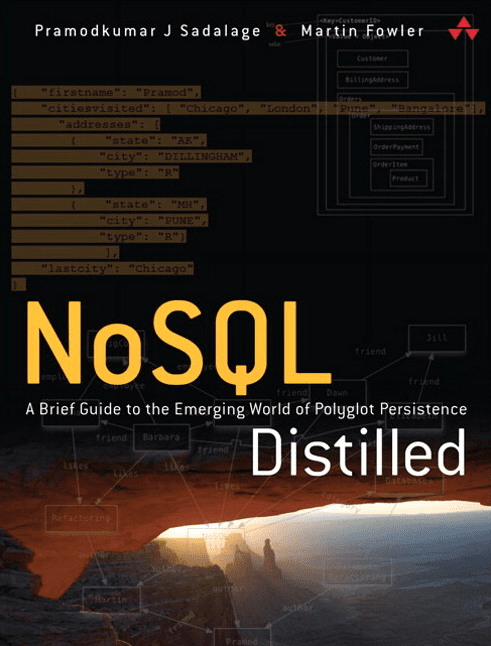
Interesting that “Amazon” is just discovering this now. Single threaded leaders are the default over on the AWS side of the house. We mostly don’t have “engineering leaders” for example. The title is “Software Development Manager/Director/etc.” and the expectation is that you own the entire business opportunity, not just the engineering bits, even if engineering is the bulk of what you’re concerned with. TPMs may grow into this role, but that usually requires moving out of the TPM role. (Also part of the reason that principal TPMs are rare at AWS. Beyond a certain level, you have to own the team to effectively deliver.)
nice one Gerard.
Great article, very interesting concept. Looking forward for the podcast on this topic.